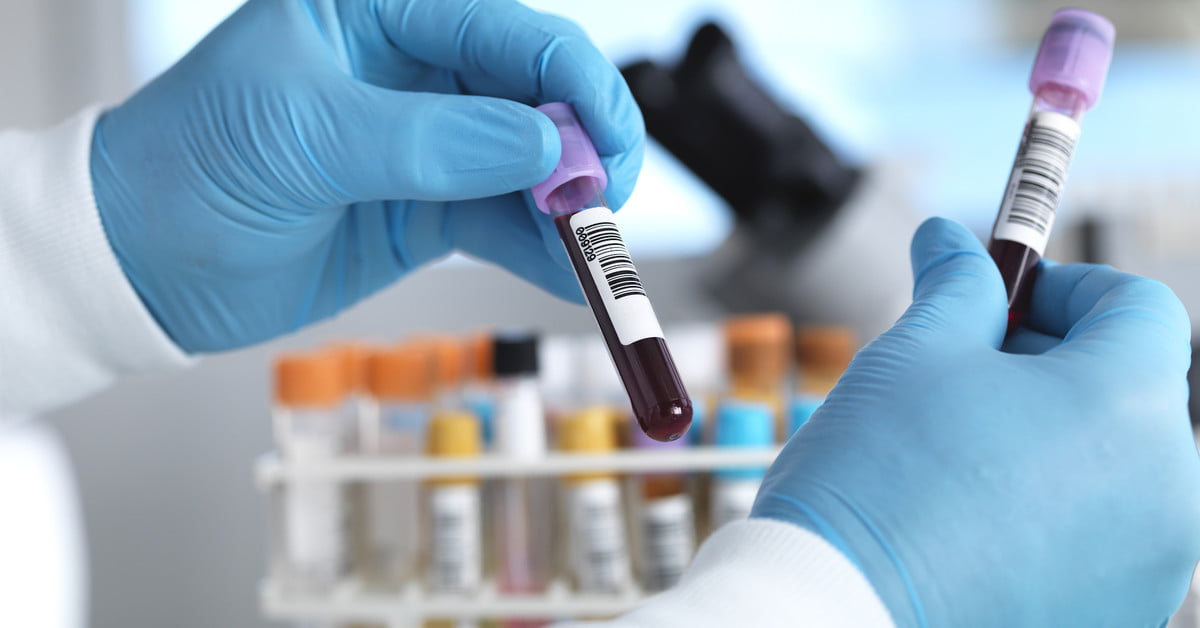
Did you know there is a one-of-a-kind facility located in Frederick, MD which caters to life science and tech companies? The I-270 Innovation Labs provides a niche lab space offering to launching start-ups, small and medium size companies as well as any company looking to establish a regional satellite location in the BioHealth Capital Region.
With leases as short as 6 months and up to as long as needed, I-270 Innovation Labs offers flexibility to organizations who have short to medium term needs, or a need for high quality lab space to bridge organizational needs while a long-term space is being planned and constructed.
As a member of the I-270 Innovation Labs, the monthly rent is inclusive of WiFi, Utilities, access to on demand lab equipment, conference & collaboration rooms, DI water, co-working infrastructure, biohazard waste disposal, autoclave and glass wash services, and so much more which makes I-270 Innovation Labs a great partner for all types of life science and tech companies!
Equipment and Supplies
At the I-270 Innovation Labs, one of the featured amenities for their members is access to quality on demand lab equipment. Through a strategic partnership with BaneBio, members can utilize on demand lab equipment that has been curated by the members of the I-270 Innovation Labs and supplied by BaneBio.
All the equipment at I-270 Innovation Labs is maintained by BaneBio’s expert service team, which helps to minimize costly member equipment budgets and service calls. I-270 Innovation Labs members also receive discounts through the partnership with BaneBio when either renting equipment as a part of a member sublease or an outright purchase of the equipment from BaneBio.
Either way, I-270 Innovation Labs members can continue their scientific or tech work with confidence knowing BaneBio is available for equipment service and support.
Logistics Services
At the I-270 Innovation Labs, the strategic partnership with BaneBio assists their members by providing Lab Logistics Services. BaneBio takes care of all the internal movements of equipment within the I-270 Innovation Labs.
In addition, BaneBio offers Lab Logistics service to many companies in the BioHealth Capital Region. Whether moving a single piece of equipment or a whole lab, contact the Lab Logistics experts at BaneBio for a quote. I-270 Innovation Labs members can take advantage of this valuable service and receive discounts based on their membership.
Room to Grow
At I-270 Innovation Labs, the heavy lifting of designing and building a great flexible lab space has already been done. Every lab at the I-270 Innovation Labs includes dedicated outlets for various power requirements, ethernet ports for a more connected lab, HVAC to minimize possible cross contamination, wet lab ready plumbing, lab sink, lab benches, extra wide doors for large equipment, various size labs, anti-microbial epoxy flooring, and co-working infrastructure to minimize ‘office space’ within the lab and to provide more room for important lab work.
The I-270 Innovation Labs is the right place to grow. There’s no need to start from scratch, commit to a fixed location or floor plan, or spread yourself too thin. Focus your resources on discovery and development. Invest more in talent and science, and less in space and equipment.
Flexibility
I-270 Innovation Labs was built with flexibility in mind. From the design aspects of every lab to the amount of space needed and minimal lease terms, all types of organizations can find a home at I-270 Innovation Labs.
Many similar facilities in the BioHealth Capital Region, which are run by local or state governments, can be more restrictive in leasing terms and will take equity from companies if they choose to move outside of the jurisdiction. There is no equity assignment demanded from members of I-270 Innovation Labs, so that members can focus on making their business great and retain independence on where they move to next.
Members of the I-270 Innovation Labs can access high-quality, purpose-built, Flex Wet Labs and Dry Labs, multimodal working spaces, and right-sized, key resources. If you need even greater flexibility, start out with an Individual Flex Bench, and get to innovate alongside Members at a similar growth stage and beyond, including established Enterprises.
The I-270 Innovation Labs is a unique offering for companies needing flexible lab space. When compared to identifying a location, negotiating a lease, project management for buildout, and providing a personal or business guarantee for the duration of the lease, I-270 Innovation Labs is a No-Brainer for your next location.
In case you need further incentive, to become a member at the I-270 Innovation Labs there is:
- No Equity Surrender
- No Personal Guaranty
- No Financials/Projections
- No Long-Term Commitment
- No NNN/CAM
- No Government Affiliation
- No Fluff!
Whether you are getting ready to establish a regional satellite location, or expand into the BioHealth Capital Region, the I-270 Innovation Labs is the leading choice of tech and biotech enterprises that:
- Have short- or medium-term needs for additional, high‐quality lab space or are unsure about their medium to long term requirements.
- Do not currently have the bandwidth or financial resources to commission and manage the additional specialized infrastructure their operations demand.
- Need or will need to quickly, and cost-effectively ramp up/down their operations.
- Require on-demand access to reliable lab equipment and instrumentation, and/or cold and ULT storage with power backup options.
- Want to provide teams or individuals with flexible, remote workplaces, and/or training location alternatives that include access to lab infrastructure and services.
Check out I-270 Innovation Labs and schedule a tour.





